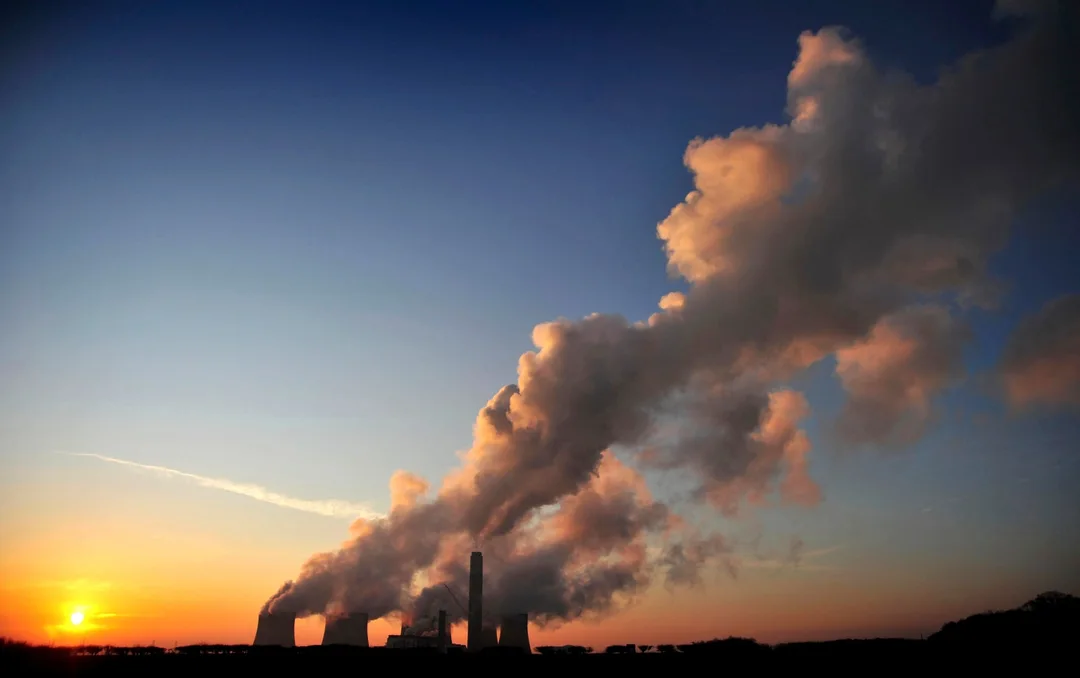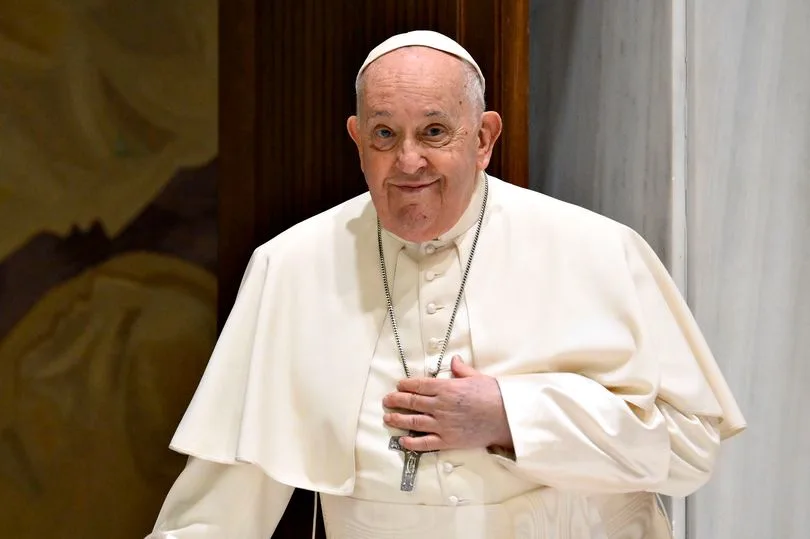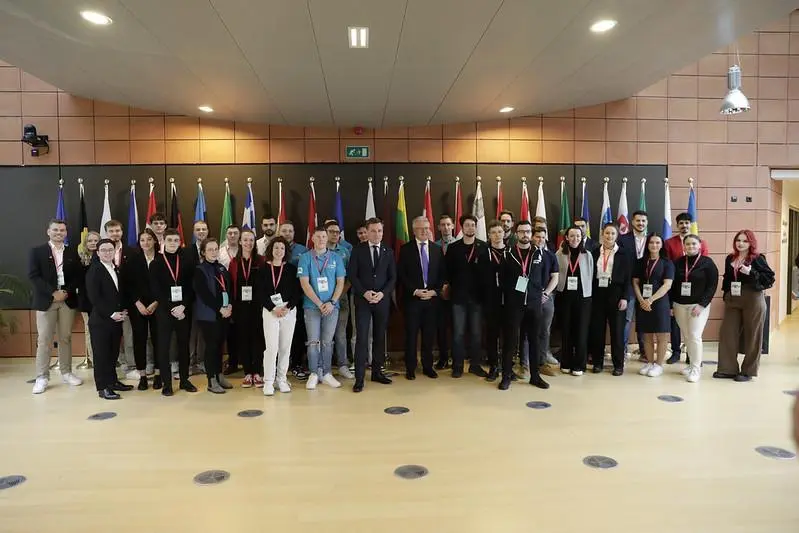A Planet in Flux
On April 22, 1970, millions of Americans participated in the first Earth Day, a nationwide environmental teach-in that marked a turning point in public awareness of ecological issues. Initiated by Senator Gaylord Nelson, the event galvanized a movement that led to the establishment of the U.S. Environmental Protection Agency and the enactment of milestone legislation such as the Clean Air Act and the Endangered Species Act. More than half a century on, Earth Day is an international observance, but the environmental issues it was designed to combat have changed and, in most instances, worsened.
The Climate Then and Now
In 1970, the atmospheric concentration of carbon dioxide (CO₂) on Earth was around 325 parts per million (ppm). As of 2025, that number has risen above 420 ppm, a more than 50% increase from pre-industrial levels. This rise is associated with a sharp increase in global temperatures; the last decade has been the hottest decade on record, with 2023 having a mean global temperature rise of +1.43°C above pre-industrial levels.
The consequences of this warming can be seen: Arctic sea ice has decreased significantly, sea levels have increased, and the occurrence of intense weather events has been on the rise. March 2025 was documented as the hottest ever March, highlighting the gathering speed of climate change.
Environmental Legislation: Progress and Setbacks
The first Earth Day initiated major environmental legislation in the United States, such as the Clean Air Act, the Clean Water Act, and the Endangered Species Act. These acts brought about dramatic gains in air and water quality and the recovery of many endangered species.
But in recent years, these environmental protections have been challenged. During the Trump administration, there have been rollbacks of rules and budget cuts to environmental agencies, which have led to widespread protests and renewed activism
Environmental Justice: A Growing Imperative
Although the early environmental movement usually ignored questions of racial and economic justice, the last few years have witnessed an increasing awareness of the unequal burden of environmental degradation on poor and marginalized people. Disasters such as Hurricane Katrina and the Flint water crisis have brought into sharp focus the interaction between environmental and social injustices.
Environmental justice activists today focus on the importance of inclusive policies that redress systemic injustices and provide all communities with access to clean air, water, and a healthy environment.
Global Perspectives and Moral Leadership
Globally, leaders such as Pope Francis have lent moral weight to the environmental cause. His encyclical in 2015, *Laudato Si’*, urged immediate action to fight climate change and highlighted the moral obligation to defend the Earth and its most marginal citizens.
This kind of leadership has served to position environmental stewardship not just as a scientific and political phenomenon but a moral imperative.
Technological Advances and Renewable Energy
In spite of these challenges, a lot has happened in terms of renewable energy technology. Solar power has come down in price drastically, making it affordable and ubiquitously accepted. Technology developments in wind energy, energy storage in batteries, and energy efficiency have also all helped accelerate a move away from fossil fuels.
All this provides optimism that there will be a sustainable future for energy, as long as policies and investment keep fueling the transition.
Public Engagement and Grassroots Movements
The legacy of the first Earth Day continues in today’s grassroots movements for environmental protection and climate action. Groups such as the Sunrise Movement and Fridays for Future have organized young people across the globe, calling for urgent action on climate change and holding leaders to account.
These movements highlight the strength of collective action and the value of sustained public engagement in advancing environmental progress.
The Path Forward
Since Earth Day 1970, the world has experienced considerable environmental transformation, much of which presents serious threats to ecosystems and human societies. Although there have been significant progress in environmental conservation and technological development, the increasing rate of climate change calls for renewed efforts and action.
As we look back over the last 55 years, it is evident that the objectives of Earth Day are as pertinent today as they were then. Solving the intricate environmental challenges of our era will demand a multi-faceted strategy involving strong legislation, technological innovation, social justice, and international cooperation. By adopting these principles, we can pay tribute to the legacy of Earth Day and strive towards a more sustainable and equitable world for everyone.







